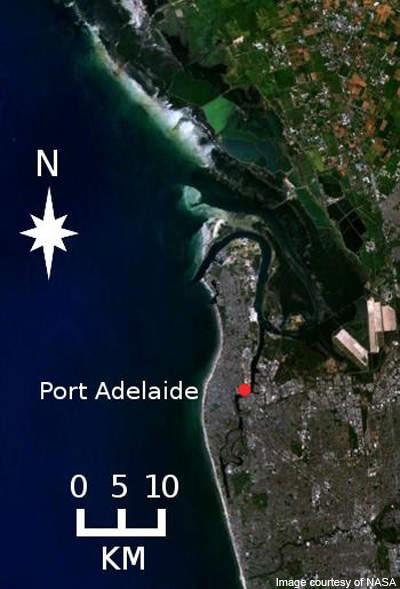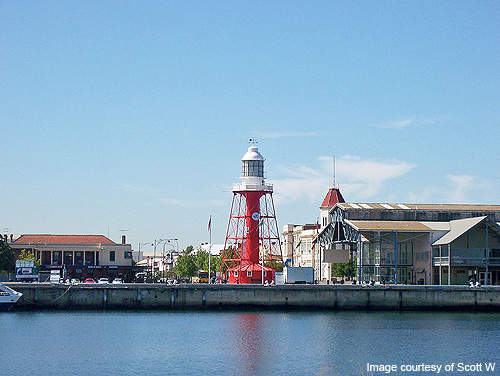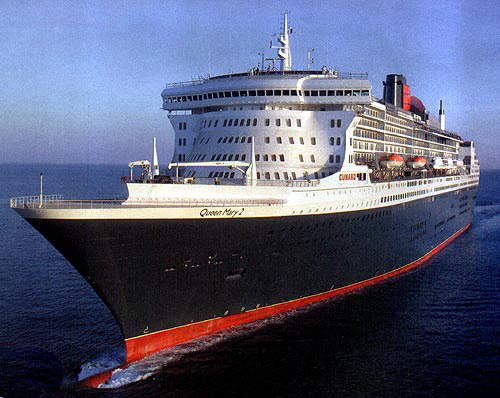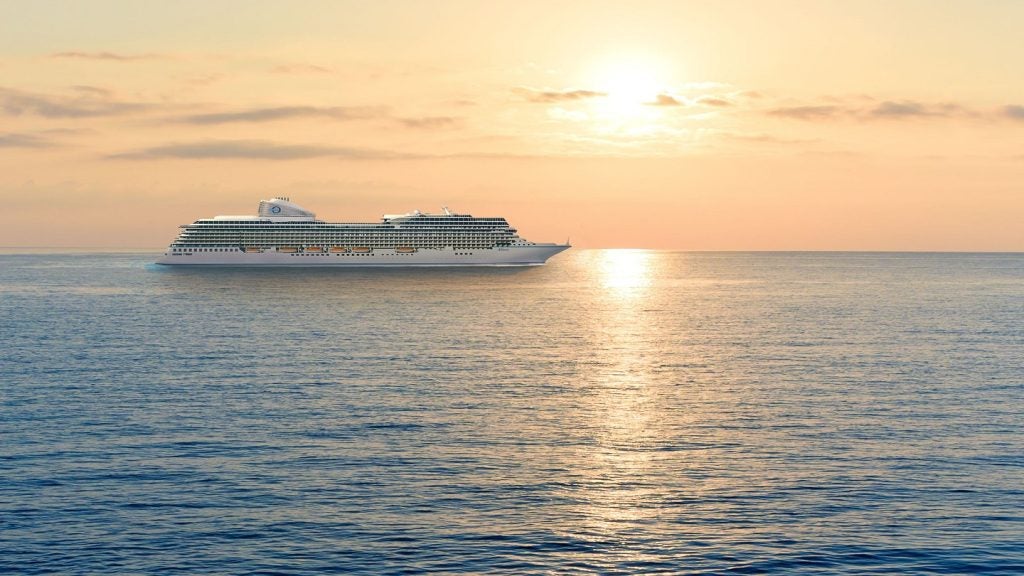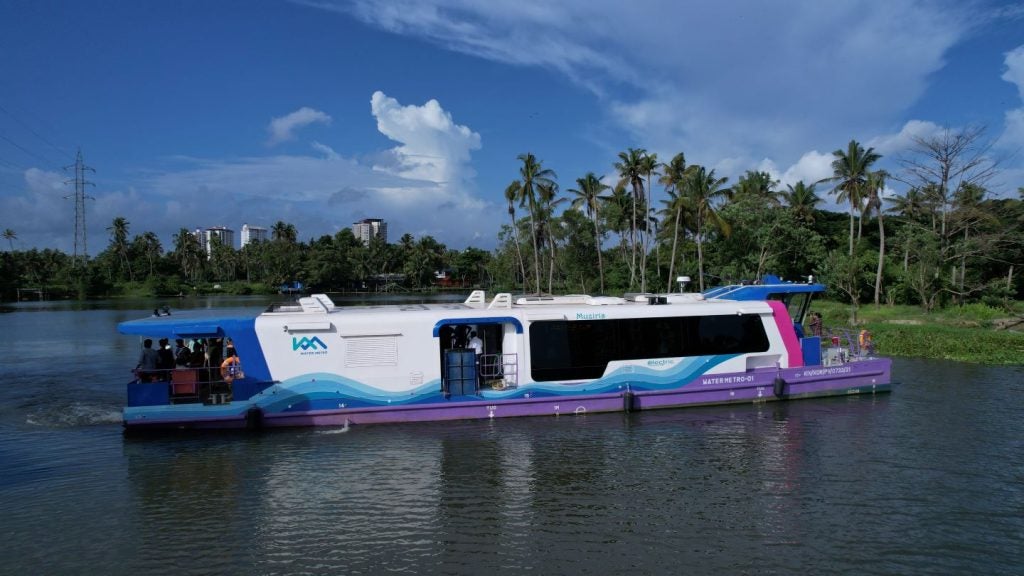The suburb of Port Adelaide is located about 14km north-west of the city of Adelaide, the state capital of South Australia. It is one of the oldest settlements in the state and is a State Heritage area.
With increasing shipments of motor vehicles and automotive components, ores and concentrates, grains, and wine, the state continues to enjoy a substantial growth in export activity.
Port Adelaide history
Port Adelaide was first sighted in 1831 by Captain Collet Barker, and discovered in 1834 by Captain John Jones. Captain Thomas Lipson officially proclaimed a harbour on January 1837 by taking up residence with his family on the Port Creek shore.
The port was initially known as Port Misery due to its poor landing conditions for goods and passengers. It officially became Port Adelaide in May 1837. McLaren Wharf was built in 1840 and featured a crane to unload ships and a storehouse. A telegraph connection between Port Adelaide and Adelaide was established in 1855. A railway line connected the port and the city in April 1856.
The port expanded to become a corporate town in 1855 after its population reached 1,500 and it had handled nearly 300 ships a year. By 1900, the port was receiving more than 1,000 ships a year.
South Australia’s first power station was constructed at the port in 1899.
Port operator
Port Adelaide is operated by Flinders Ports, which operates six ports across South Australia: Port Pirie, Port Lincoln, Klein Point, Thevenard, Wallaroo and Port Giles.
As the land-side infrastructure owner and operator, Flinders Ports is responsible for port infrastructure improvement and development.
Flinders Ports is involved in port management, land infrastructure management, shipping infrastructure management, marine control, survey, pilotage, launch services, mooring, port logistics consultancy and the coordination of ship services.
Port Adelaide construction
Governor George Gawler officially opened the port on 14 October 1840. Built by the South Australian Company, McLaren Wharf, the first wharf, was constructed in order to reach deeper water. The port later received a government wharf, a two-storey customs house and a harbour master’s residence.
The harbour facilities were expanded during the 1890s and many commercial and institutional buildings were built.
During the 1920s and 30s the port significantly reconstructed its wharves.
Port Adelaide facilities and equipment
Port Adelaide has an inner harbour, an outer harbour and a container terminal.
The port’s inner harbour handles roll-on/roll-off activity and bulk cargoes including the export of grain, flour, meat, malt, fruit, wool, iron and steel scrap, cement clinker, animal oil, soda ash and non-ferrous metals. It also exports manufactured products.
Imported trade handled by the inner harbour includes refined petroleum, sulphur, timber, paper and paper products, iron and steel, fertiliser and motor vehicles and their components.
The outer harbour’s six berths are equipped to cater for specialised cargo including roll-on roll-off trade, livestock and general cargo.
The Adelaide Container Terminal is located at berths six and seven of the outer harbour. It provides fast turnaround and allows the efficient movement of goods. The terminal is fully integrated with the national rail and road system.
The container terminal has a quay length of 660m with a crane coverage of 620m and warehouse space of 3,000m². It has 14 straddle carriers, one reach stacker, nine forklifts, one heavy forklift and 380 x 440v, three phase, dual Wilco/C-Form reefer plugs.
The terminal has four travelling single-lift container handling cranes. Crane 1 has a maximum lift of 48t and maximum outreach from the wharf edge of 35m. Cranes 2 and 3 have a maximum lift capacity of 36t. The maximum lift capacity of Crane 4 is 40t and it can outreach 31.6m from the wharf edge.
Throughput
A total of 9.7mt cargo passed through Port Adelaide during 2008-09. This also includes 5.8mt of imported/exported cargo to international markets. The port imported 2.2mt of petroleum during 2008-09.

